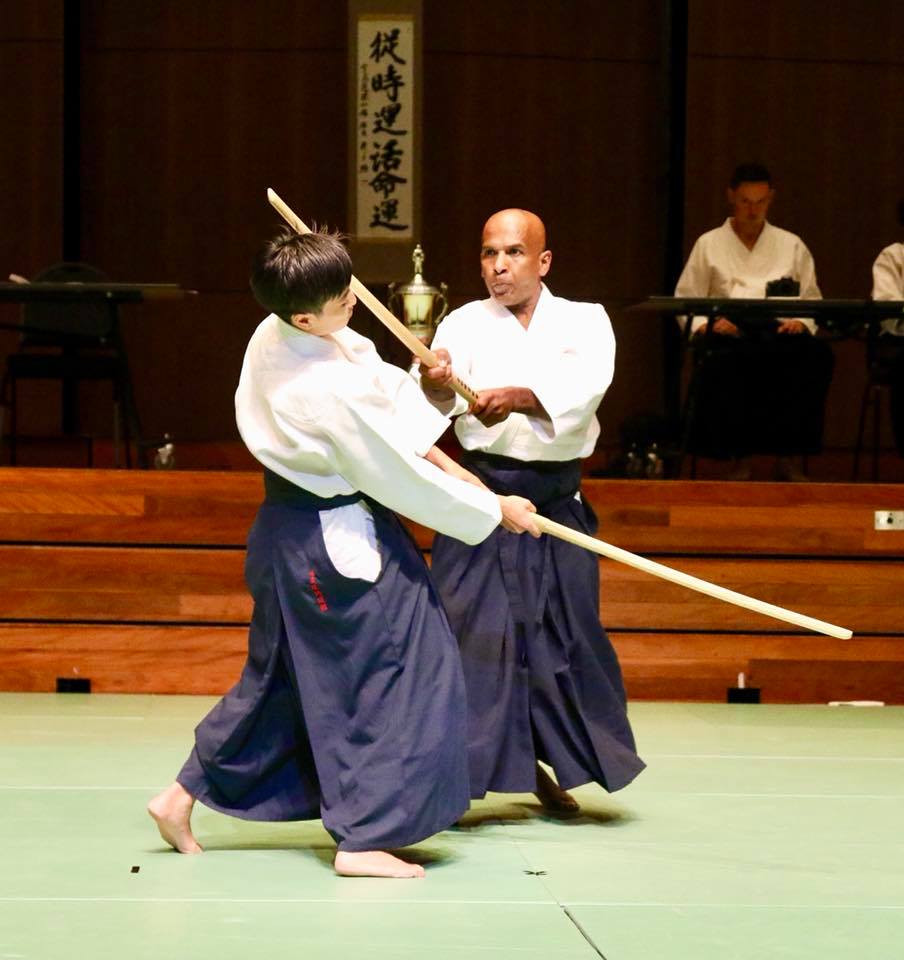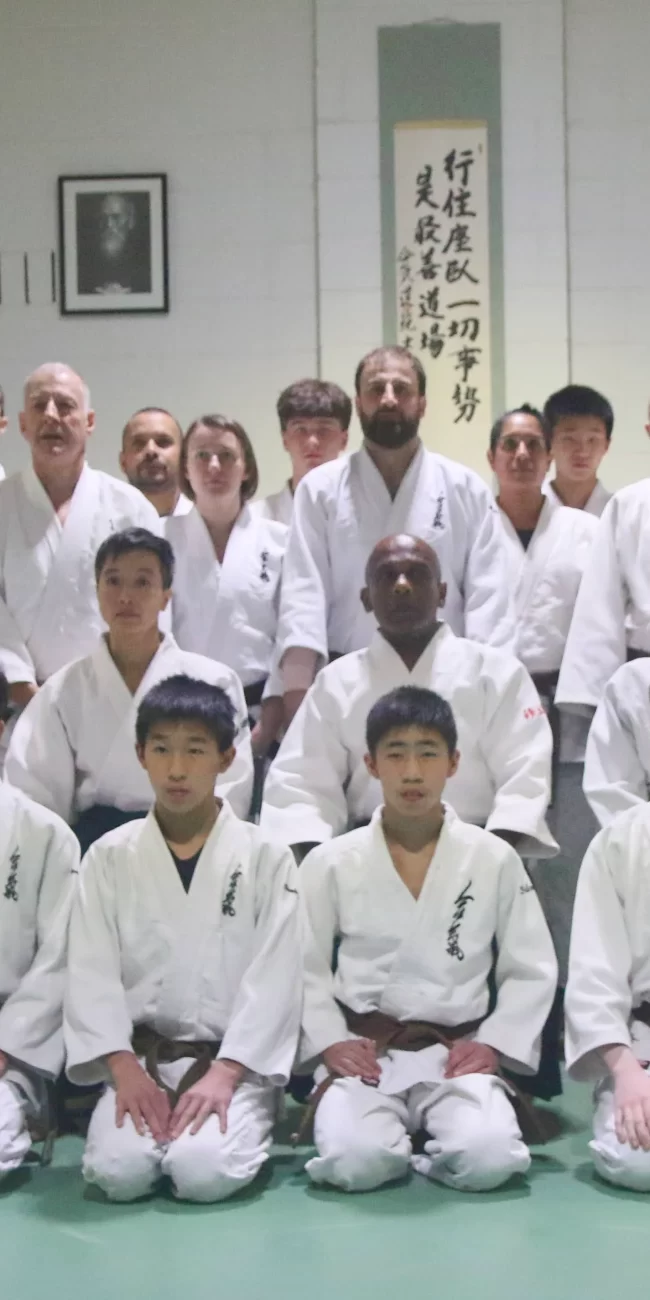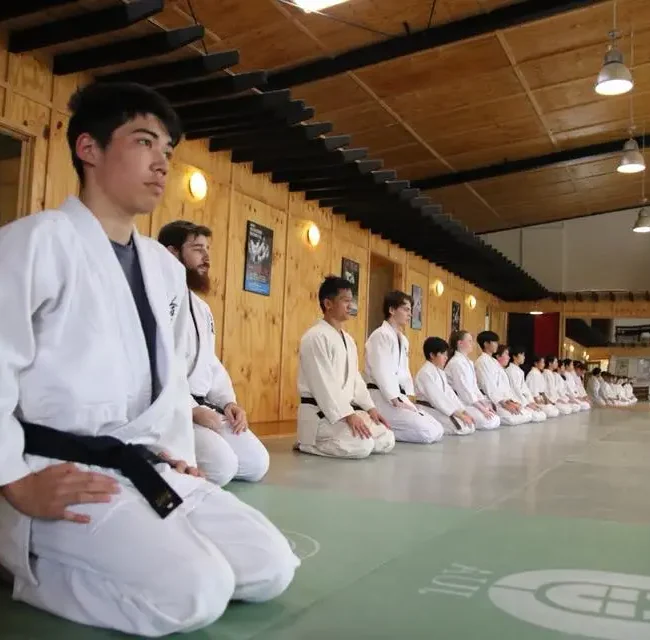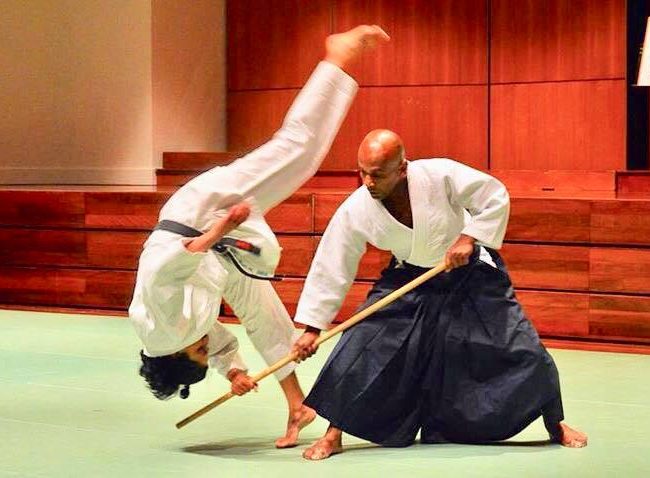
Welcome to our comprehensive guide on Aikido weapons training in Melbourne! In this article, we will explore the fascinating world of Aikido and its traditional arms. A key aspect of Aikido is the incorporation of various weapons into training, which not only enhances skill development but also deepens the practitioner’s understanding of the art.
Aikido Weapons Training: Honing Skills with Traditional Arms
Aikido Weapons Training involves the mastery of traditional arms, which include the Jo (staff), Bokken (wooden sword), and Tanto (knife). By learning to manipulate these weapons effectively, practitioners can refine their techniques, increase their spatial awareness, and develop a greater sense of timing and precision.
The Jo: Unleashing Power and Grace
The Jo, a long staff usually made of oak or bamboo, is the first weapon practitioners typically train with in Aikido. It serves as an extension of the body and helps in understanding the principles of movement and balance. Through the practice of Jo techniques, Aikido practitioners learn to generate power from their center and execute flowing techniques with grace and precision.
The Jo training includes a variety of striking, blocking, and throwing techniques. By wielding the Jo, practitioners develop a keen sense of distance, timing, and body coordination. The smooth, circular movements required to manipulate the Jo translate directly into Aikido’s unarmed techniques, making it an invaluable tool for honing one’s skills.
The Bokken: Mastering the Way of the Sword
The Bokken, a wooden sword designed to replicate the weight and feel of a real blade, is an essential component of Aikido weapons training. While Aikido is primarily an unarmed martial art, the study of the sword is deeply ingrained in its philosophy. Through Bokken practice, practitioners gain a profound understanding of ma-ai (distance) and develop a razor-sharp focus.
The Bokken techniques in Aikido emphasize blending with an opponent’s attack and redirecting their energy. Practitioners learn to move with precision, fluidity, and intention, executing strikes and parries with efficiency. The Bokken serves as a metaphorical extension of the practitioner’s body, enabling them to cultivate a calm, centered mindset and a heightened awareness of their surroundings.
The Tanto: Exploring the Art of Knife Defense
The Tanto, a wooden knife, plays a vital role in Aikido weapons training, specifically focusing on defense against armed opponents. While Aikido aims to neutralize aggression without causing harm, the Tanto techniques teach practitioners how to protect themselves in situations where an assailant is armed with a knife.
Training with the Tanto involves precise footwork, evasive maneuvers, and redirection of the opponent’s energy. By understanding the dynamics of knife attacks and learning how to control an assailant’s weapon, Aikido practitioners develop effective strategies to neutralize threats safely and efficiently.
FAQs
- Q: Why is weapons training important in Aikido?
A: Weapons training in Aikido enhances overall skill development, deepens understanding of the art, and improves spatial awareness, timing, and precision.
- Q: Can anyone practice Aikido weapon training?
A: Yes, anyone can practice Aikido weapons training, regardless of age or gender. However, it is essential to train under the guidance of a qualified instructor to ensure safety and proper technique.
- Q: How does Aikido weapon training complement unarmed techniques?
A: Aikido weapons training provides practitioners with a deeper understanding of movement, balance, and timing, which directly translates into more refined unarmed techniques.
- Q: Are the traditional arms used in Aikido dangerous?
A: The traditional arms used in Aikido training, such as the Jo, Bokken, and Tanto, are typically made of wood and are considered safe for practice. Safety precautions and proper supervision should always be maintained.
- Q: Can Aikido weapon training be practiced alone?
A: While Aikido weapon training is best practiced with a partner, solo training can be beneficial for refining techniques, building muscle memory, and developing physical conditioning.
- Q: How long does it take to become proficient in Aikido weapons training?
A: The time required to become proficient in Aikido weapon training varies from individual to individual. Consistent practice, dedication, and guidance from a skilled instructor are key factors in progress.
Conclusion
Aikido weapons training is an integral part of mastering the art of Aikido. Through the practice of traditional arms such as the Jo, Bokken, and Tanto, practitioners and disciples in Melbourne deepen their understanding of movement, timing, and spatial awareness. These weapons serve as powerful tools for refining techniques and developing a heightened sense of control and precision.
Whether you are a beginner or an experienced Aikido practitioner, embracing weapons training will undoubtedly enhance your skills and deepen your appreciation for this beautiful martial art.





